Published: October 19, 2023, 11:46 AM
Deserts are arid, sparsely vegetated, and often barren ecosystems that tend to be pretty hostile to life but these desert animals have managed to make it their home.
Any animal that can survive and thrive in a desert needs to have a host of special adaptations and be able to withstand extremes of temperature and an acute lack of water.
What is a desert?
Deserts are sometimes very hot, but not always. In fact, they can be very very cold.
A desert is defined not by its heat but by its lack of precipitation, and so areas like the Gobi desert in Mongolia, which has an average temperature of below zero, are included.
Here we have chosen ten of our favourite hardy desert animals. Read on to learn more about how they are able to endure their unforgiving homes, from sprinting ants to scorpion-eating bats to snow-consuming camels.
- Desert plants - meet the species that thrive in extreme conditions
- Why burrowing desert animals don't inhale sand?
- Common sandfish: what is the Scincus scincus and how does it swim through sand?
Desert animals
Sandcat (Felis margarita)
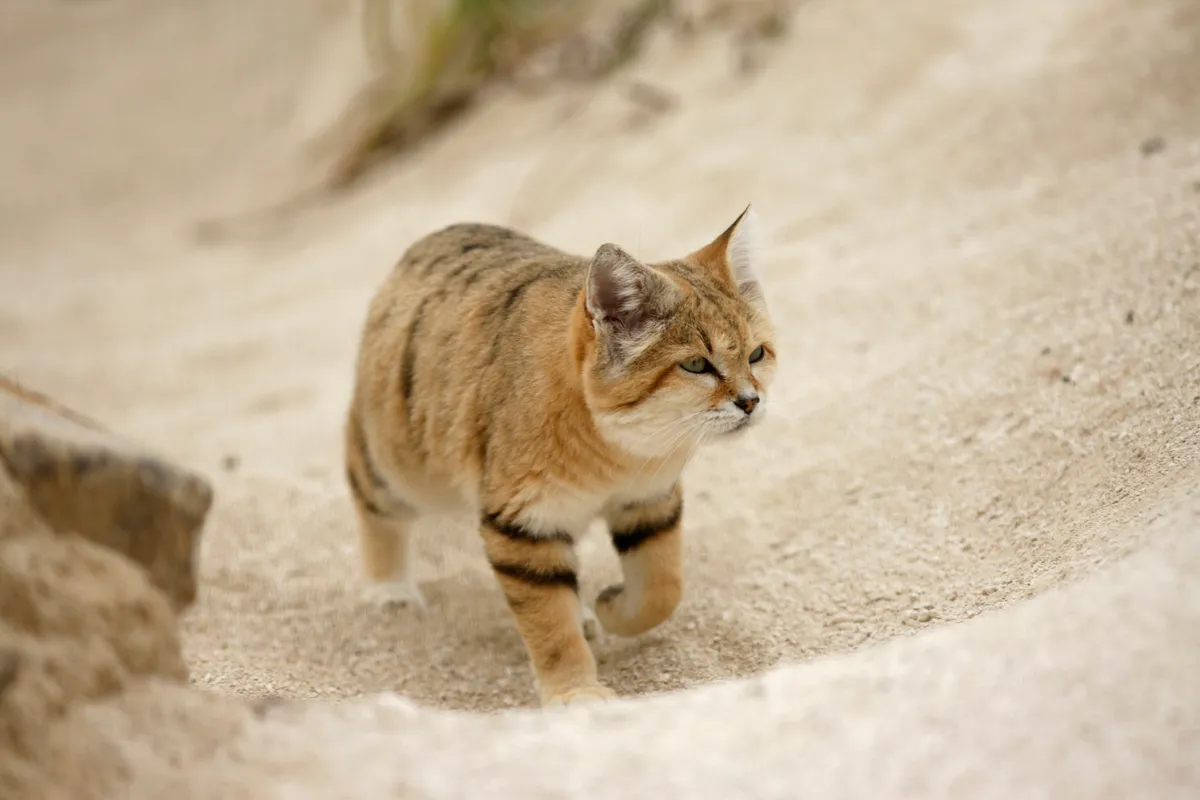
Surely the cutest animal you are ever likely to see in a desert, sandcats are small felines native to the stony and sandy plains of North Africa and Southwest and Central Asia.
Although they may look like your adorable moggy, they are far from a tame housecat. Their diet primarily consists of small rodents like mice and gerbils, but they sometimes feed on venomous vipers.
These fearless snake hunters first stun their prey with rapid blows to the head, then finish them off with a bite to the neck. As well as being fierce predators, they must be very hardy to survive the harsh desert climate.
To survive the heat of the day they dig impressive burrows to hide away in. When they do venture out their paws are protected by long insulating hair, preventing scorching in the day and freezing at night when temperatures can dip below zero.
Check out our cats of the world gallery to see more fascinating felines.
Thorny devil
Worth a spot on our list for the name alone, the thorny devil is also just a very fascinating animal. As well as making it resemble a little spikey dragon, this Australian native’s thorny skin also has a very important function in helping it survive in the desert.
The ridged scales act as water collectors! By simply touching its body to a source of water, such as dew, soil moisture, and rain, it can draw it towards its mouth along the channels between the scales. The water moves against gravity by capillary action. This amazing ability to drink water through its skin makes this lizard a master of the desert habitat.
Saharan silver ant
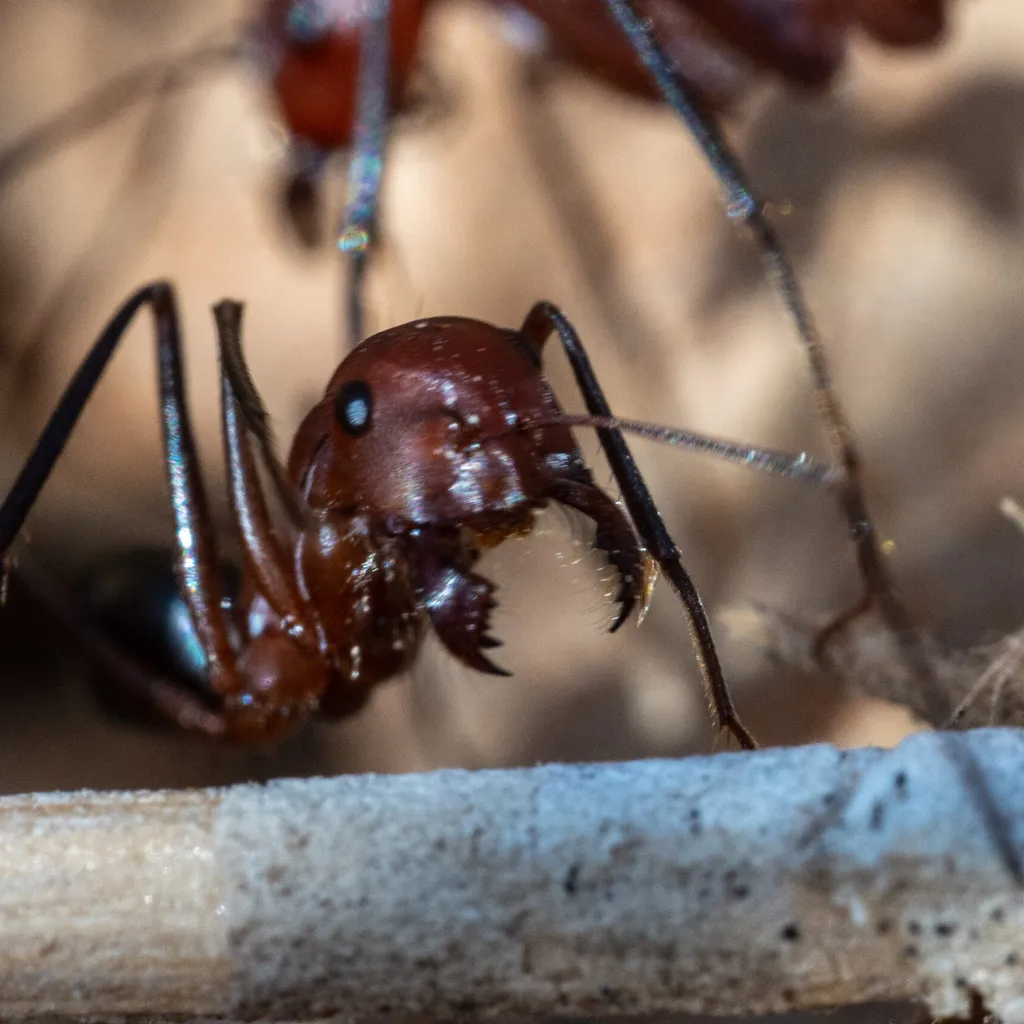
The next animal on our list holds the impressive distinction of being the world’s fastest ant! At full running speed, it clocks in at a whopping 855 millimetres per second (which is over 1.9 miles per hour).
This super speed allows them to hunt in the full force of the Saharan sun without succumbing to heat shock. Ground temperatures often reach as much as 60 degrees Celsius, so it is very important not to linger too long. When they venture out of their nest they do so at high speed and for only around ten minutes a day, gathering up the corpses of less hardy animals to eat once back inside.
Learn who is the world’s fastest insect and where the world's largest ant colony is
Fennec fox
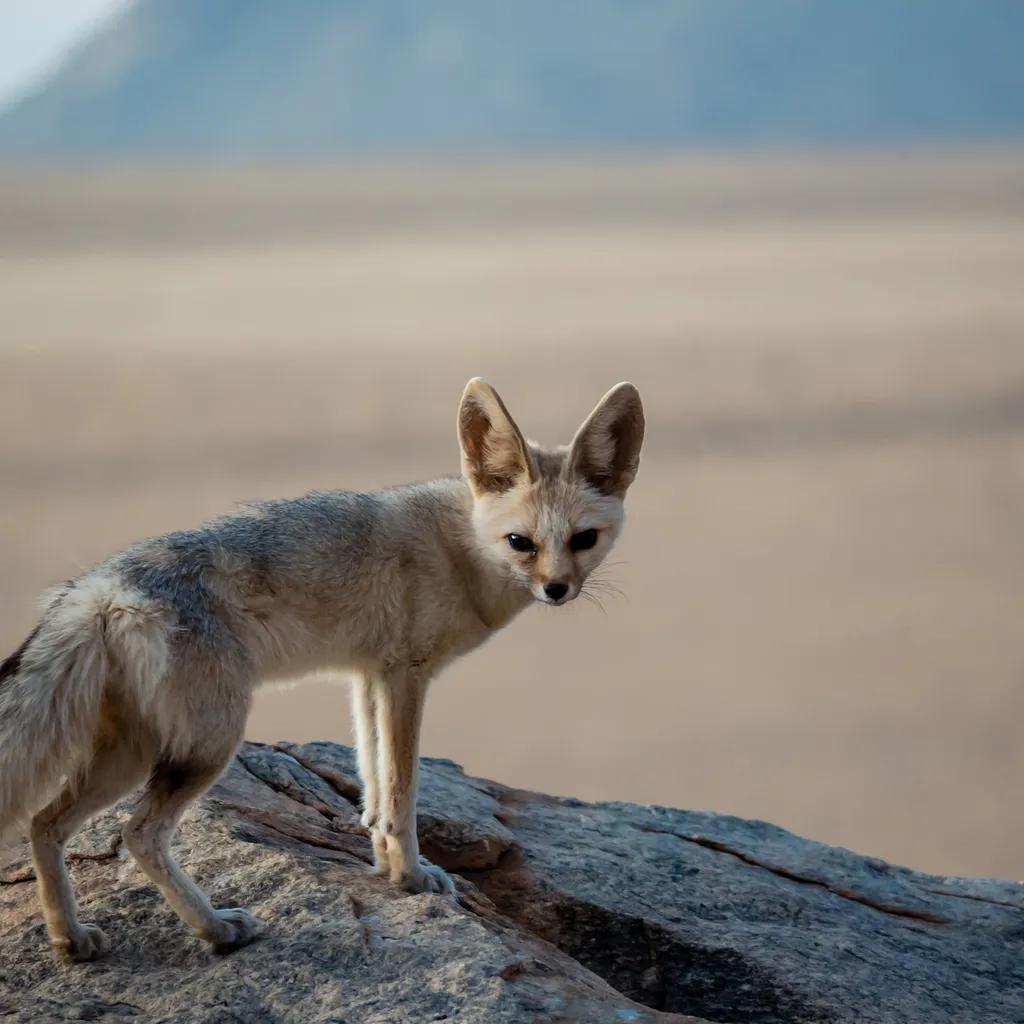
This little fox with big ears can be found prowling the sand dunes and grasses of the Sahara. It is the world’s smallest fox species, and indeed the smallest canid, at only around 16 inches in length. Their outsized ears, which can be as much as half the length of their body, serve to dissipate excess heat and cool down their body. They also allow them to listen for their prey - small vertebrates and insects which are often found under the sand.
Screaming hairy armadillo (Chaetophractus vellerosus)
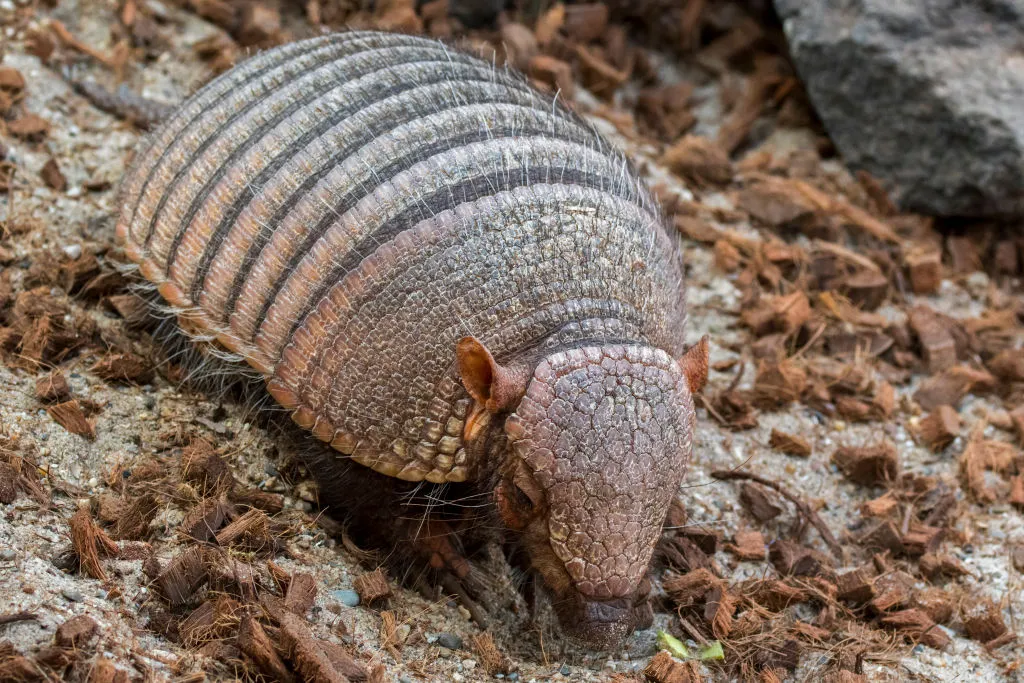
This alarmingly named species of armadillo can be found in Southern and Central South America. Like all 20 species of armadillio, it is a mammal characterised by a tough leathery armour covering much of its upper body. This carapace functions to protect them from predators.
Armadillos vary greatly in size, the screaming hairy armadillo is one of the smallest, at only about 15 inches in length. Its name derives from the squealing noises it makes when handled, and its relative abundance of hair compared to other species.
Desert long-eared bat (Otonycteris hemprichii)
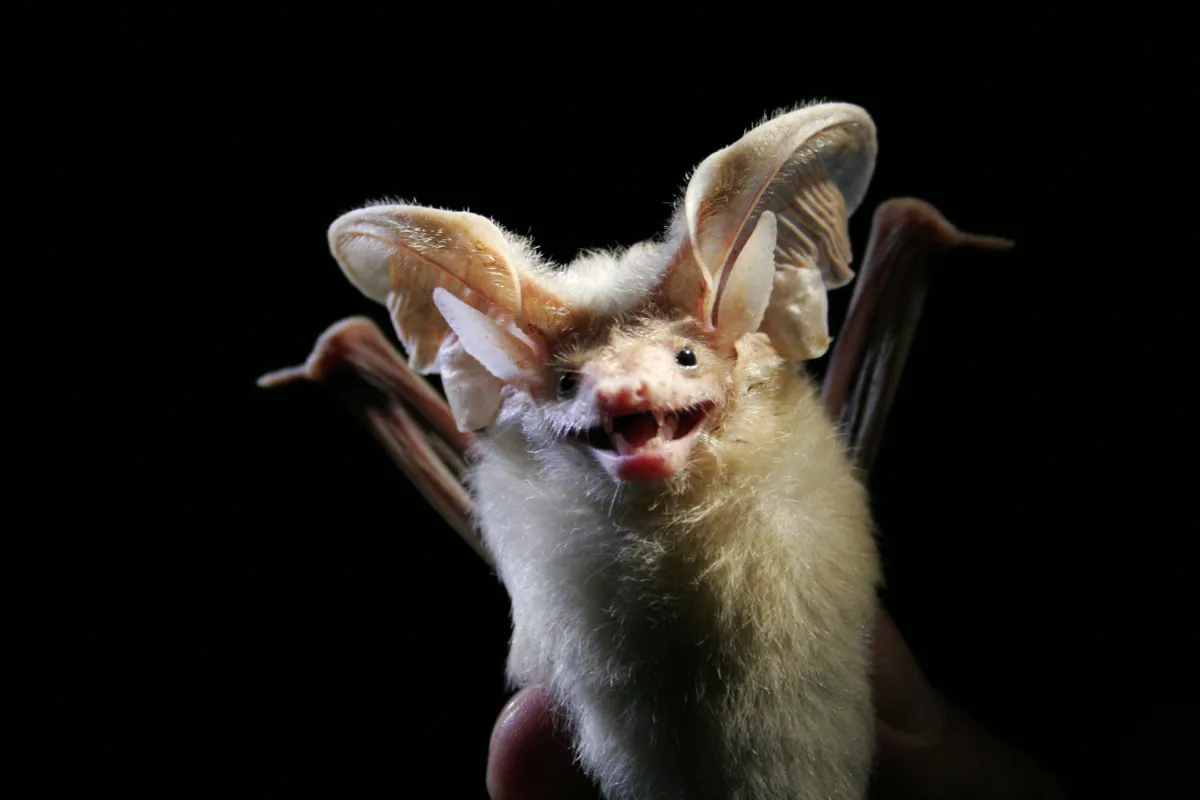
Dubbed by some “the hardest bat in the word” the next animal on our desert animals' list is a true desert survivor. The reason we think so? It eats venomous scorpions - and not only that, but they let themself get stung in the face as they do so, with seemingly no ill effects.
They find their prey through echolocation, then dispatch it by biting off the head. The fact that they can take a stinger to the face as the do so suggests they are immune to the potent venom. This indomitable species of bat is found in arid and rocky regions of North Africa and the Middle East.I
Meerkat (Suricata suricatta)
Perhaps one of the most well-known desert animals (thanks to a certain advert), meerkats are fascinating animals in their own right. These savannah-dwelling mongooses are highly social, living in cooperative packs of up to 25 individuals.
These groups are made up of equal numbers of males and females and multiple family units of a breeding pair and their offspring. Adults will take turns at the vitally important jobs - caring for the pups and looking out for predators. At any time when the group is out and vulnerable there will be at least one “sentinel” on duty, scanning the horizon for potential threats and communicating back to the group.
Roadrunner
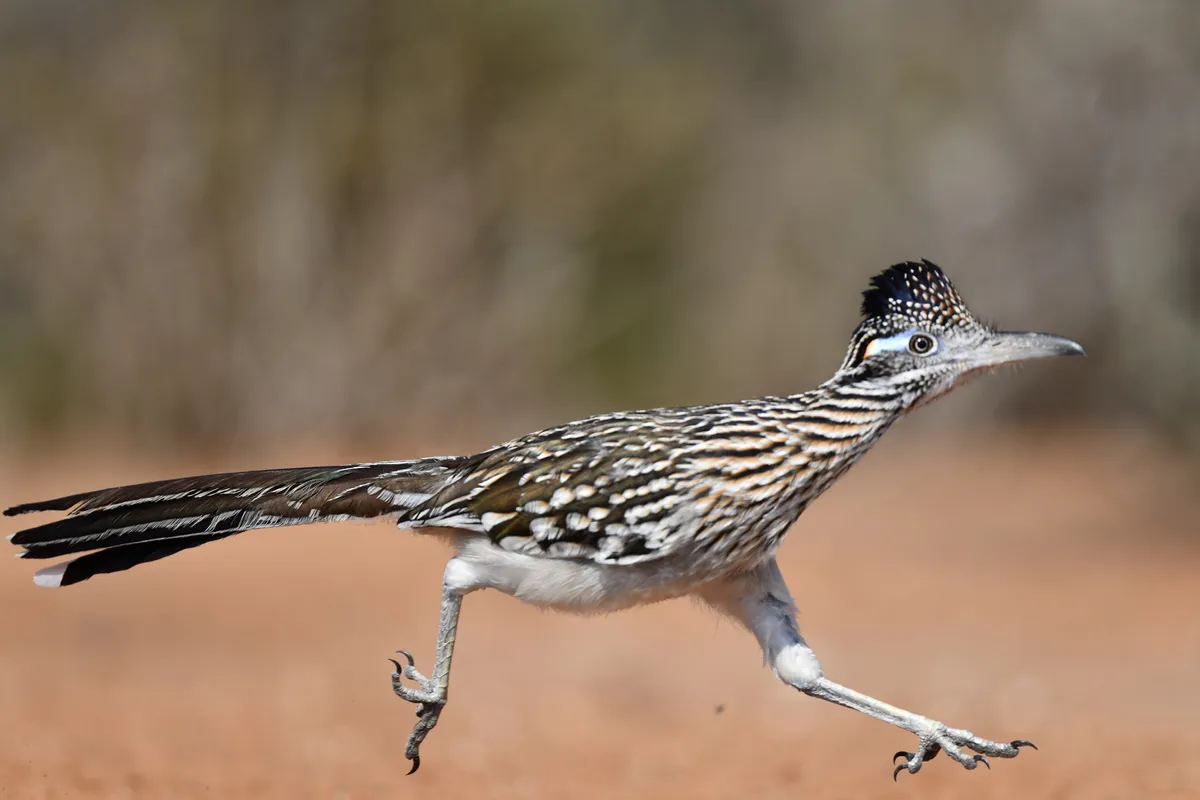
You may think you know a bit about roadrunners but you could well be misinformed. They don’t go “meep meep” and they are not in fact faster than a coyote.
Although they can sprint pretty fast, up to about 20 miles per hour, coyotes outstrip that with ease, reaching 40mph. Roadrunners are native to the southern United States and Mexico and prefer arid grasslands and deserts. They are actually capable of flight but when faced with a predator they tend to run rather than fly away.
Wild Bactrian camel (Camelus ferus)
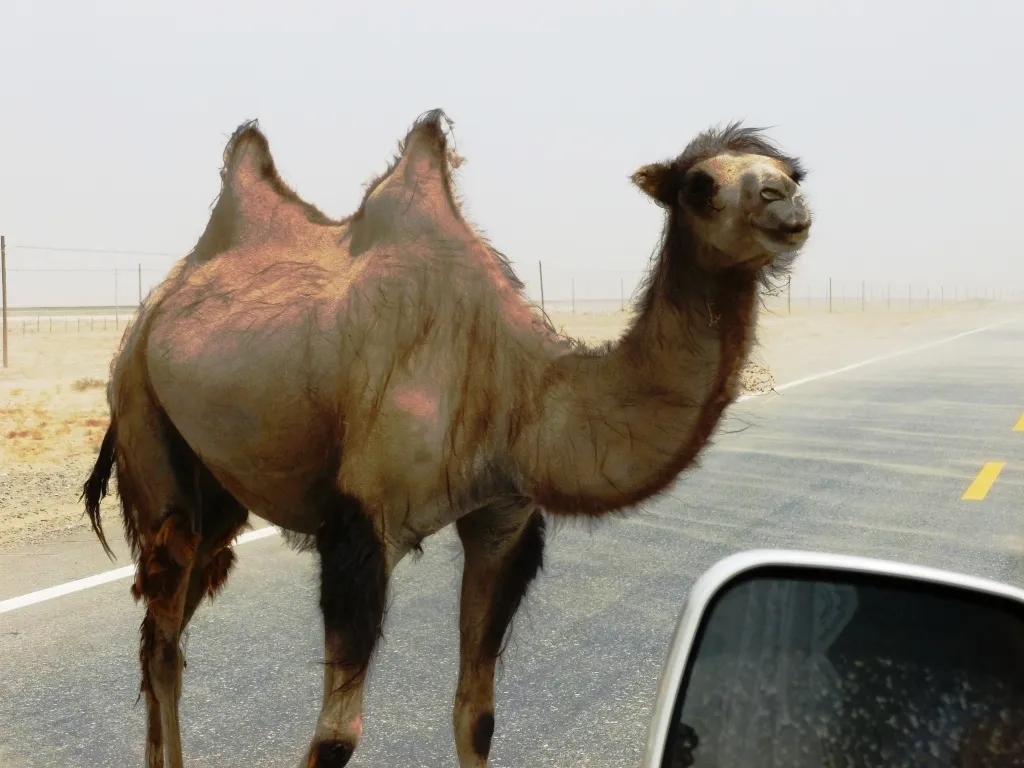
A master of surviving in dry climes, next on our desert animals' list is the wild Bactrian camel. This two-humped camel is a distinct species from the much more common domesticated Bactrian camel (Camelus bactrianus). Whereas the domesticated form has a population numbering around 2 million, due to its usefulness as a pack animal, the wild form is critically endangered with only about 1,000 individuals left. Most live in remote areas of the Gobi desert in Mongolia.
These camels have to contend with a huge variation in temperature, with summer highs being up to 50 degrees Celsius and winter lows as frigid as minus 30! Finding water is a constant concern, and they are one of only a few animals that regularly eat snow to stave off thirst.
Find out how the camel got its hump
Desert tortoise (Gopherus agassizii)
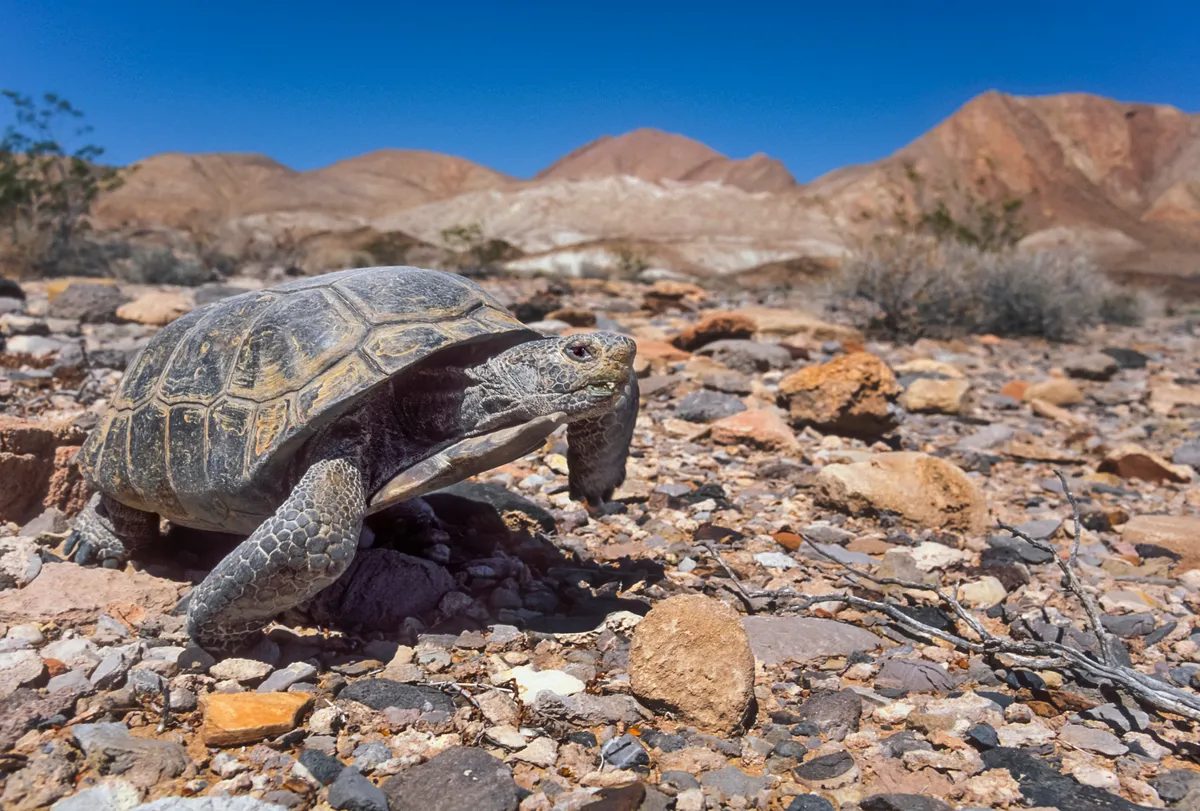
This hardy reptile can be found in Mojave and Sonoran Deserts of the United States and Mexico. It is probably the longest-living desert animal, achieving lifespans of up to 80 years.
It’s not easy being a desert tortoise, however. Hatchlings are very vulnerable to predators and mortality rates are very high in the first year of life. If they make it to maturity things get a little easier, with their tough shells to keep them safe, but there is still the extreme heat and aridity to deal with. To cope with this it spends almost all of its time in burrows, keeping cool and lessening water loss.
